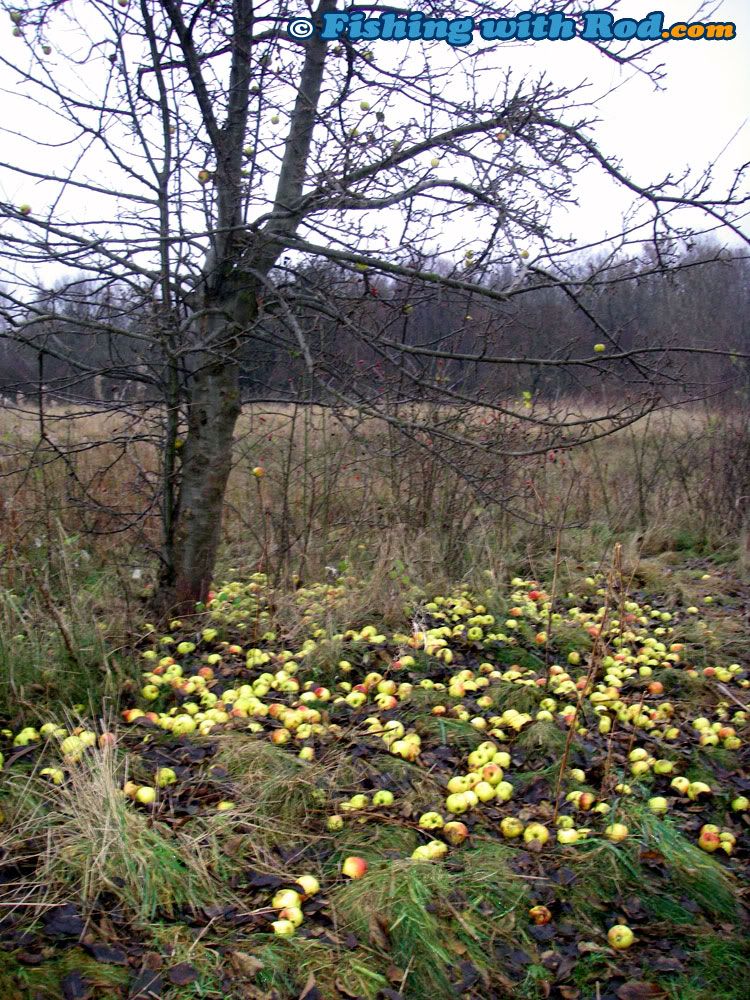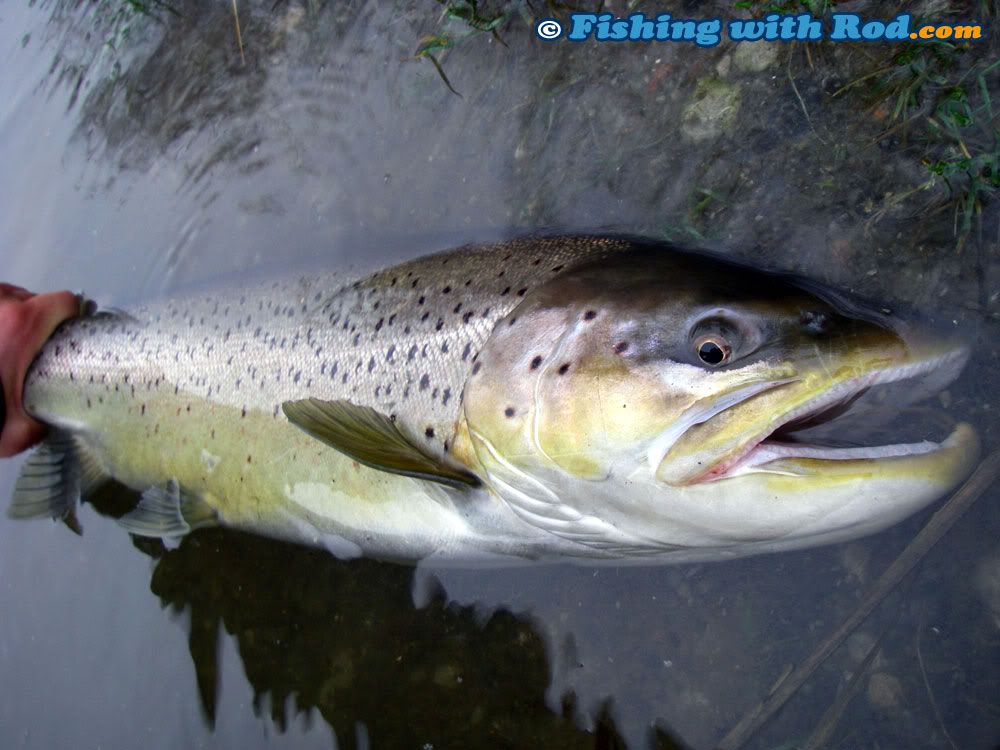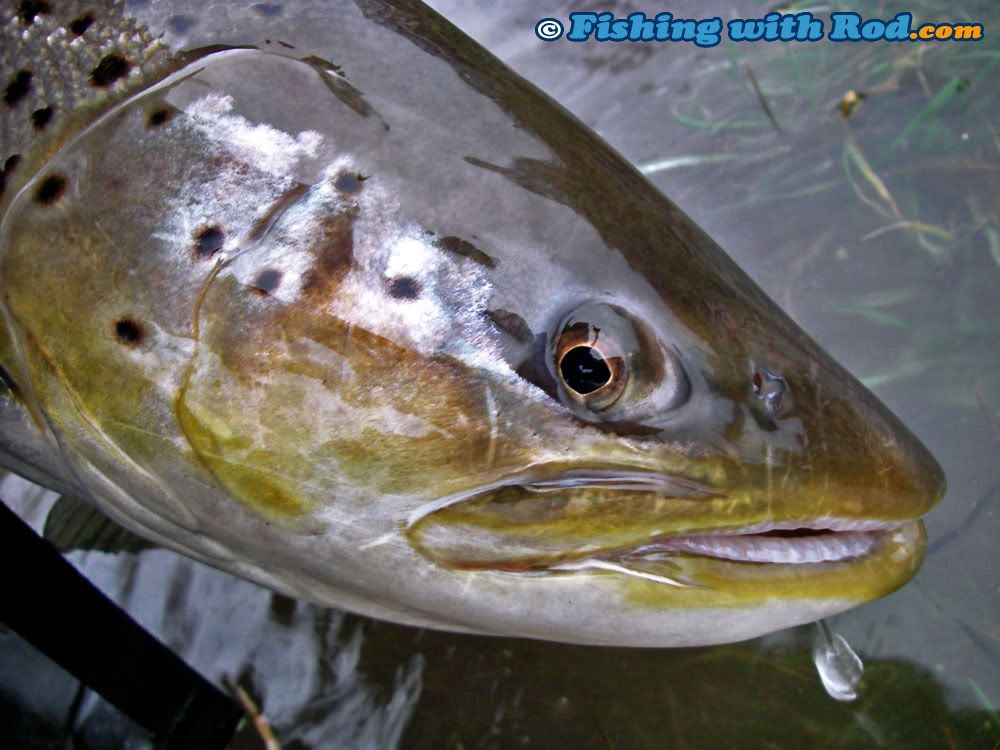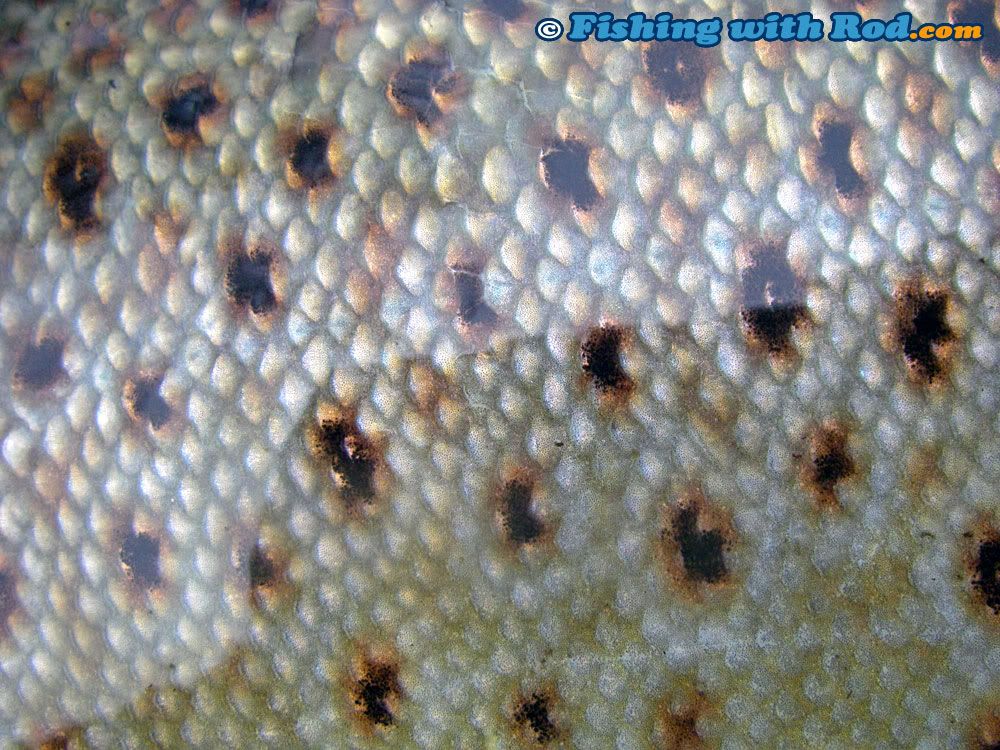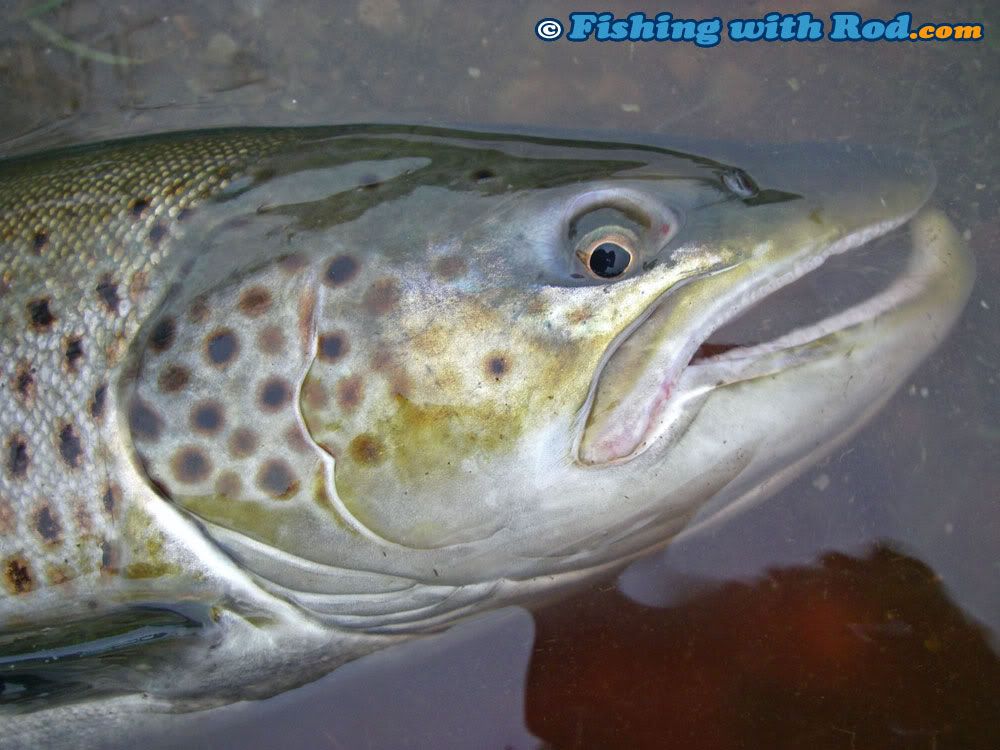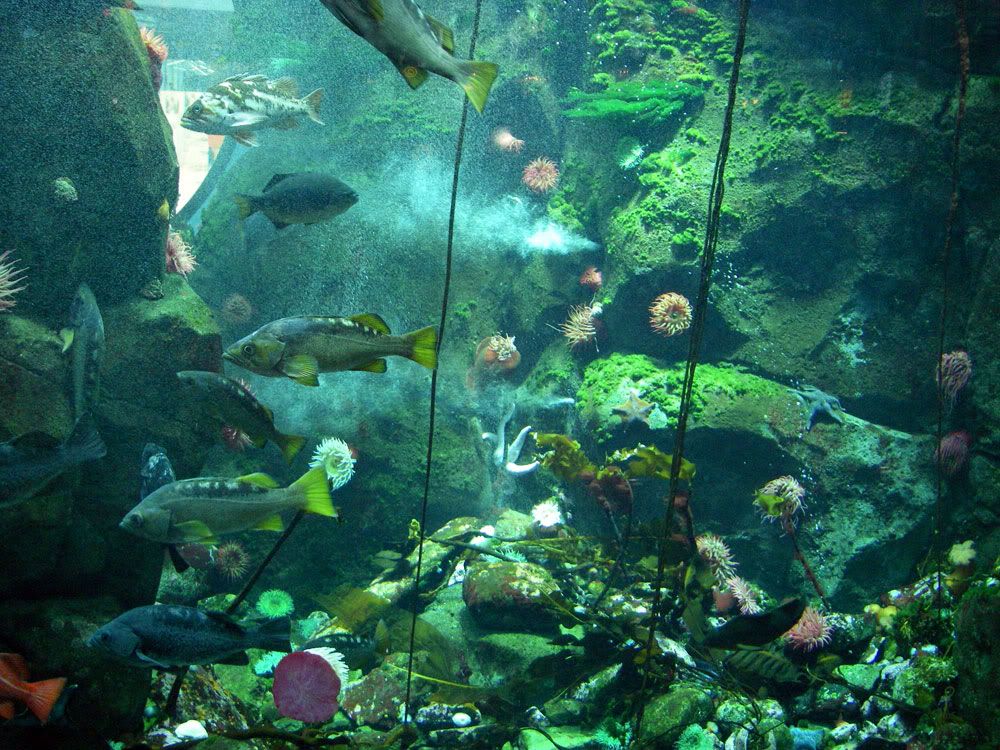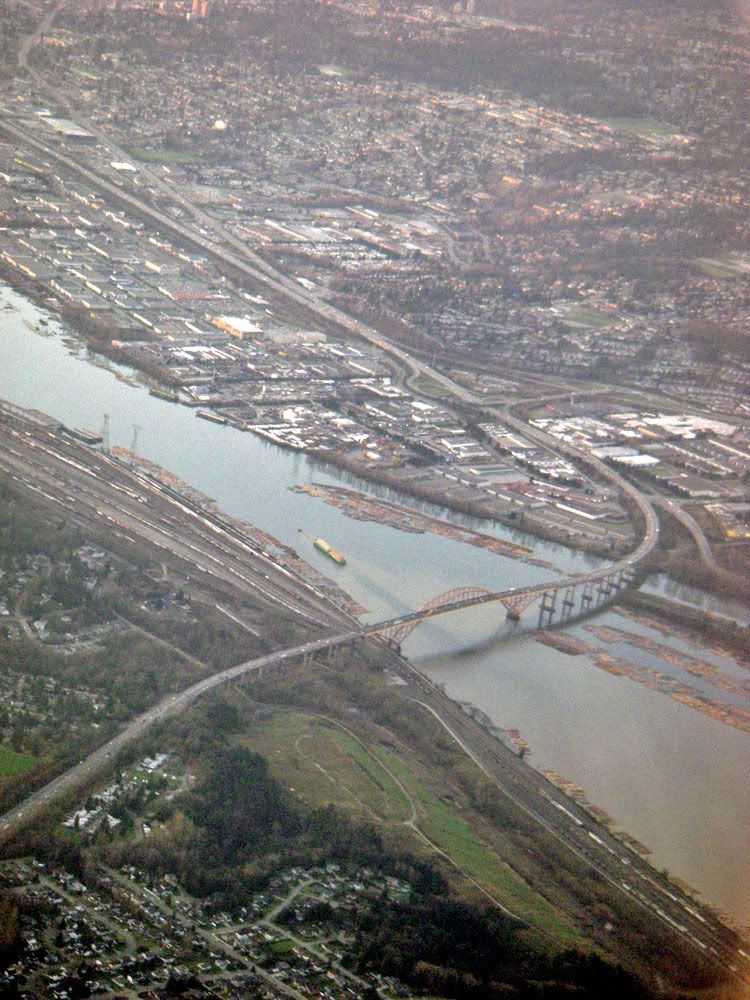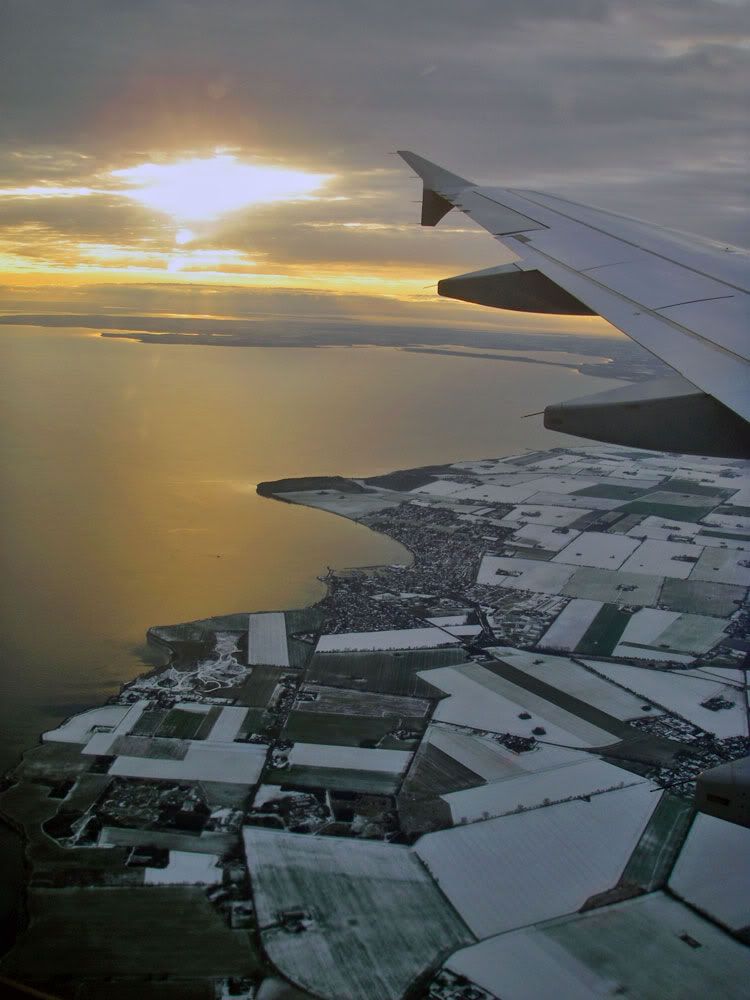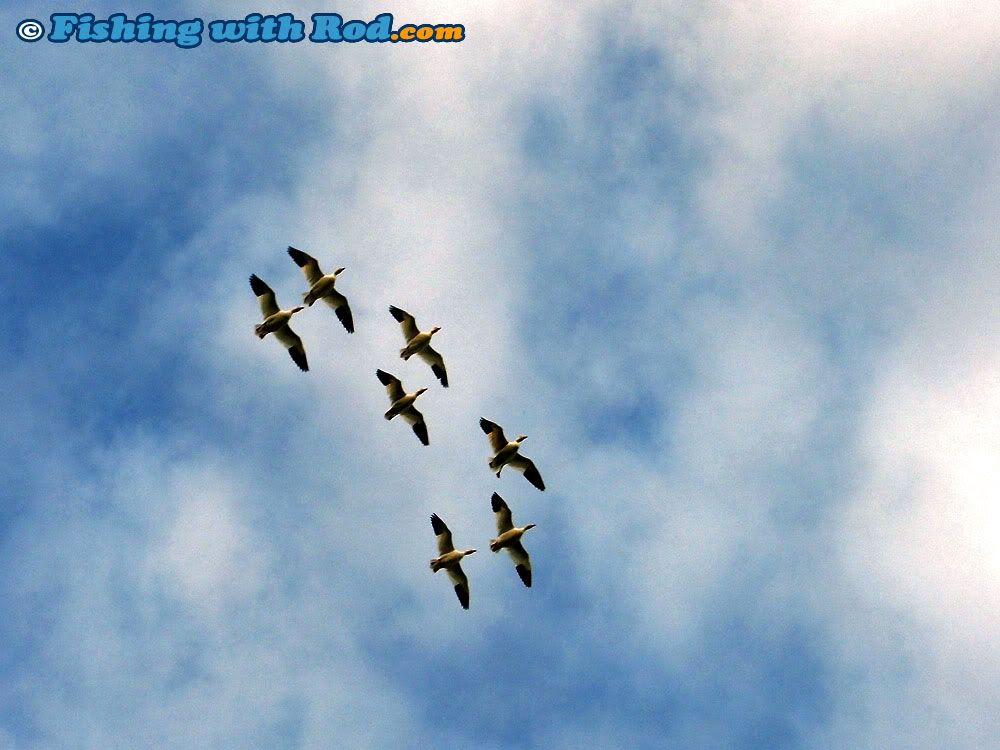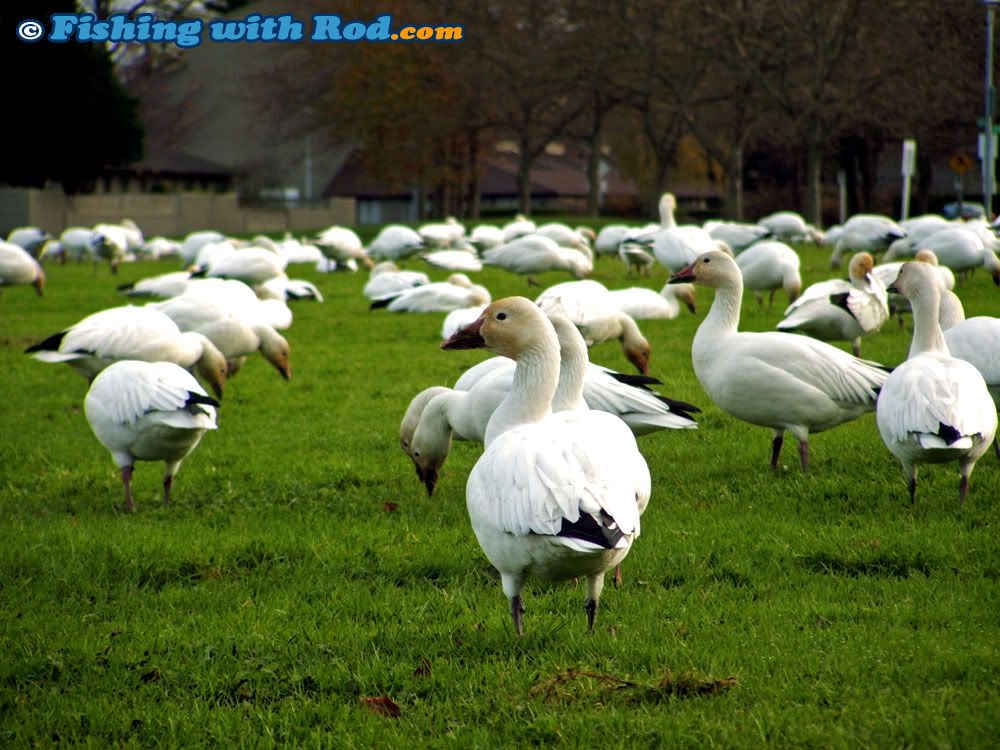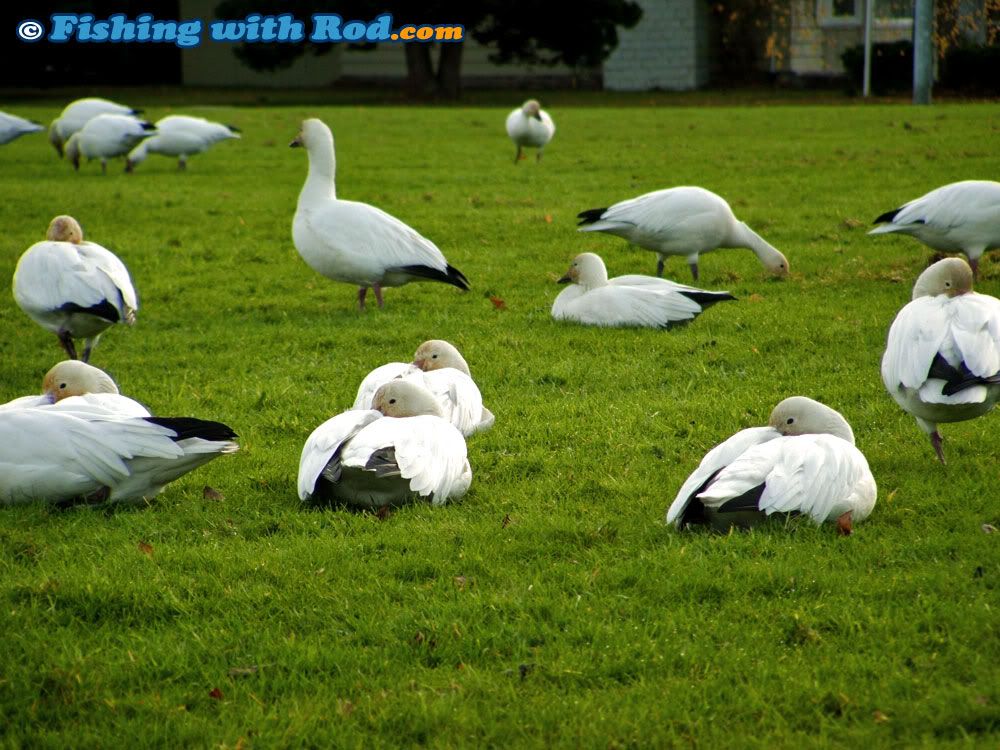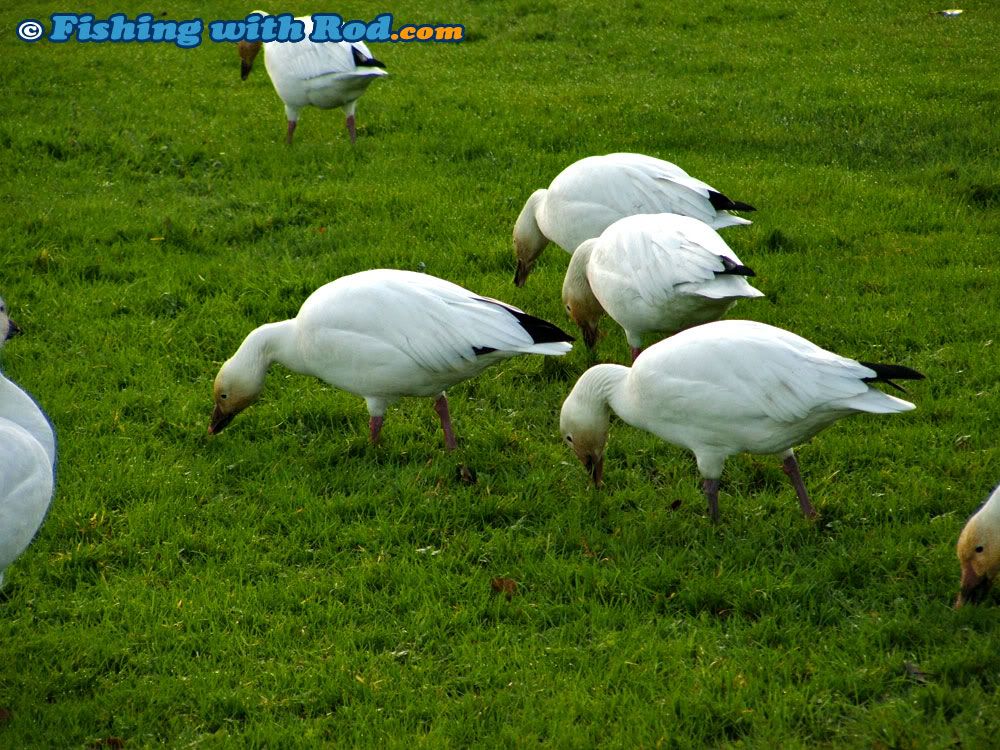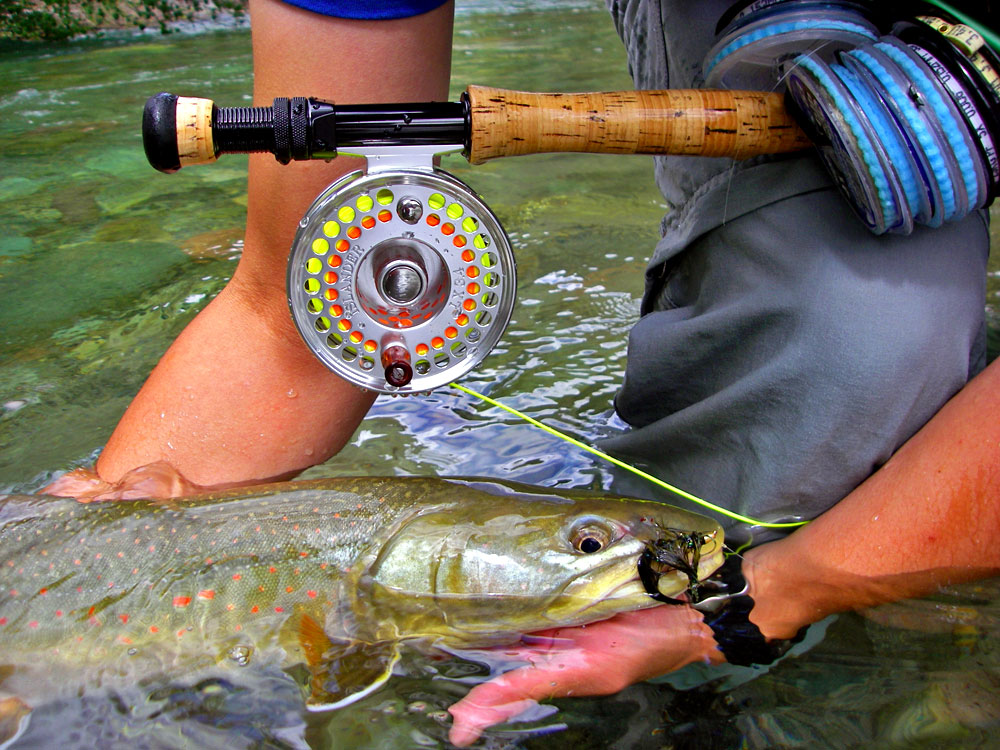I cannot keep salmonids away
Published on Wednesday, December 3rd, 2008
We are finally back online after struggling to gain internet access in Denmark for several days. The temperature in this part of the world has been hovering between 0 and 5 degrees, but it is much colder than that when the wind chill factor is added. Mixing the cold, short, fishless days and internet-less nights, it can really drive a cyber fisherman toward insanity.
Last Monday I took advantage of the drier (but not milder) weather by heading to a slough that I have visited often in Denmark. The cost of fishing at this particular waterway (for both local and foreign anglers) is 75 Kroners per day, which is roughly around CAD$15. With such high cost and limited daylight during the winter months, I always wanted to get an early start to get my money worth. These additional daily charges certainly make anyone appreciate the relatively free angling access that is available in British Columbia. On the other hand, there are advantages when high daily usage fee is applied. Crowding is definitely not an issue anytime I want to fish at these locations. In fact, I rarely see another angler when I am out fishing. Land usage is also not abused as the designated fishing areas are rented from farmers. There are specific rules on where you can park your car, walk, and wet a line.
Armed with my light spinning rod that I have been using last month for bull trout back home, I was hoping to catch a few european perch. Some often raise their eye brows and look with disbelief when I inform them that I am targeting species other than salmonids. Salmon, trout and char are nice to look at, but spiny-ray species are just as cool in my opinion.
European perch, also known as redfins, are closely related to North America’s yellow perch. Their similarities end at the physical appearance. European perch are not always abundant, but their average size is much larger. Fish in the 1lb range is common, while trophy sizes between 2 and 4lb are encountered from time to time. Perhaps it is the availability of feed that yields these larger specimen. Perch in this part of the world inhabit lakes, rivers, sloughs and estuaries. They feed heavily on small minnows known as roaches and shrimps. The presence of northern pike may also play a factor. If the population of perch is thinned out, then more food is available so larger fish are obviously produced.
No perch were found after five hours of searching! This doesn’t mean that no fish were caught. I ended up finding species that I did not really want to catch in the first place. Sea (searun brown) trout, Salmo trutta, are not only targeted in the ocean but also in sloughs and streams when they enter to spawn. The freshwater fishery is similar to the steelhead fishery in the Pacific Northwest. The timing for fish at their prime shape is usually earlier, between late June and early November. From November until January, a mixture of fresh and spawning fish are found, therefore they cannot be kept but encountering them when targeting other species occurs regularly.
The first sea trout surprised me when it grabbed the spinner and exposed itself on the surface. It looked to be over 10lb and the line broke like silk after a few headshakes. I was baffled as not much pressure was put on the line. It turned out that I had mixed up the spools and used 4lb test main line instead of 6lb test.
By the end of the day, four sea trout were interested in my spinner. At the last location, one fish grabbed the lure with no hesitation on the first cast. Once released, I proceeded to hook a bigger one on the second cast! The first fish seemed to be freshly arrived from the ocean, while second fish was starting to enter its spawning phase.
Here are some photographs taken during the trip. Perhaps I will have some perch photographs to show next time.
